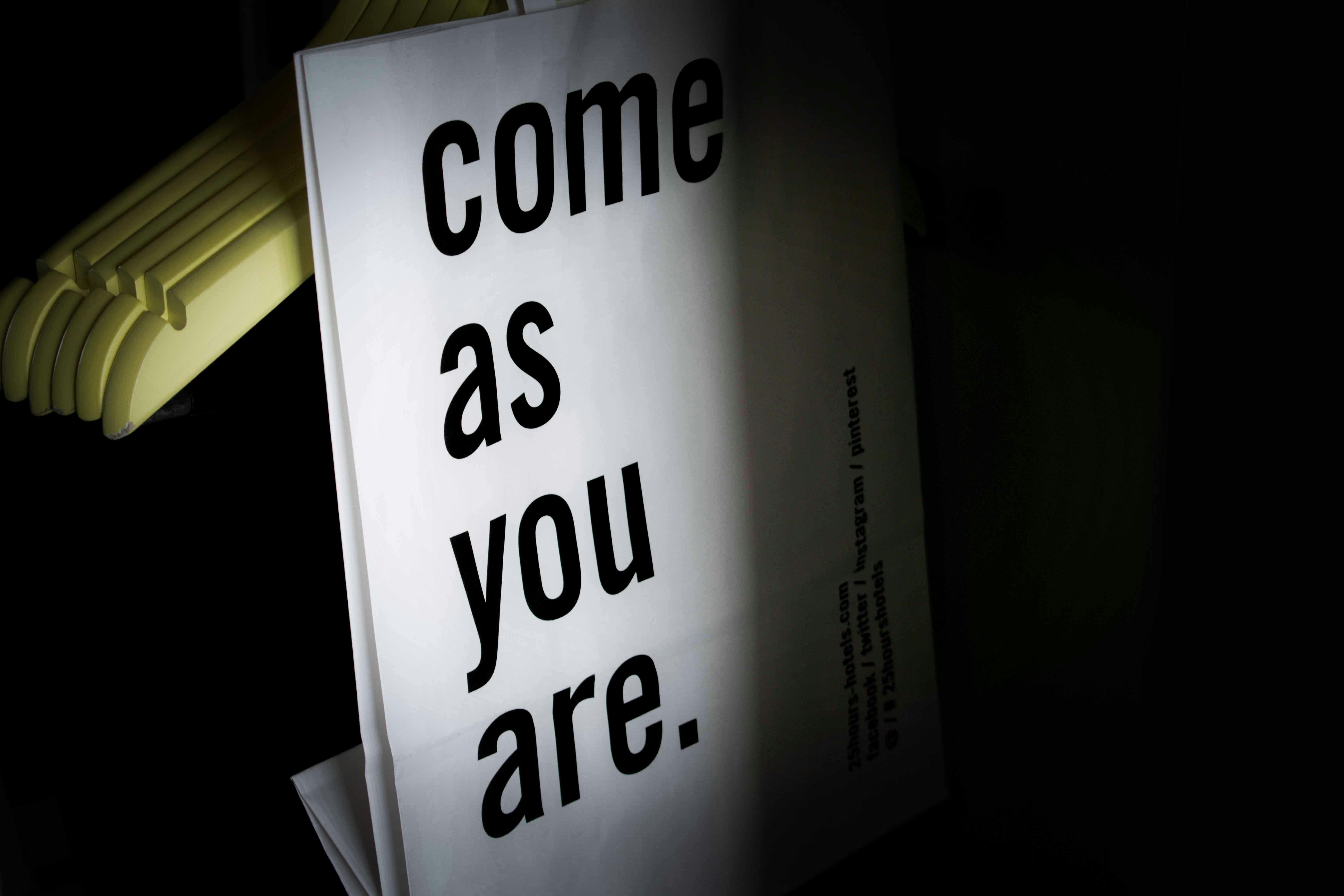A manner of speaking is a word or expression used to give particular emphasis to an idea or feeling. Some rhetorical figures, such as the simile, the metaphor, the personification and the apostrophe, are based on similarity.
What is a simile?
In the simile, a comparison is made between two clearly different objects that have at least one point in common. The simile is usually introduced with words like like, so or as.
-The righteous will flourish like the palm tree.
-Oh my Love is like a red, red rose.
-Oh my Love is like a melody.
-Life is as tedious as a tale told twice.
His eyes were like diamonds.
Note that a comparison of two things of the same type is not a simile.
Some common similes from everyday speech are given below:
-As proud as a peacock
-As bold as brass
-As clear as crystal
-As good as gold
-As old as the hills
-As cool as cucumber
What is a metaphor?
A metaphor is an implied simile. Here a word or expression which in literal use denotes one thing is applied to a clearly different kind of thing for the purpose of suggesting a resemblance between the two. Unlike the simile, the metaphor does not affirm that one thing is like another or acts like another, but takes it for granted and proceeds as if the two things were one.
-Life is a Dream.
-Variety is the spice of life.
-Revenge is a kind of savage justice.
Note that each simile can be compressed into a metaphor, and each metaphor can be expanded into a simile. When we say, “Her eyes of hers were like diamonds” we use a simile, but when we say, “Her eyes were diamonds” we use a metaphor.
-Oh my love is like a red, red rose. (similar)
-O my Love’s is a red, red rose. (Metaphor)
-He fought like a lion. (similar)
-He was a lion in the fight. (Metaphor)
Not only nouns, but also other parts of speech can also be used metaphorically. In the following example, the verb is used metaphorically.
How sweet the moonlight sleeps on this shore. (Shakespeare’s Merchant of Venice)
In a mixed metaphor, an object is identified with two or more different things in the same sentence. When used inadvertently, the effect can be ridiculous.
I smell a rat, I see it floating in the air, but I’ll nip it in the bud.
What is Personification?
In personification, an inanimate object or an abstract idea is spoken of as being endowed with life and intelligence.
-Necessity is the mother of invention.
-Pride goes out on horseback, grandiose and joyful.
-Low sky and murmuring thunder, a few sad drops
-She cried when the mortal sin was completed. (Milton’s Paradise Lost)
What is an apostrophe?
An apostrophe is a direct and explicit address to an absent person or to an abstract or non-human entity. Many odes are such an address for a listener who is not literally capable of hearing. John Keats’s ‘Ode to a Grecian Urn’ is an apostrophe addressed to an urn and Samuel Coleridge’s ‘Reflections of Love’ is an apostrophe addressed to an absent woman.
Many apostrophes imply a personification of the non-human object to which it is addressed. If such an address is to a god or other supernatural being to assist the poet in composition, it is called an invocation.
This is how John Milton invokes divine guidance in the opening of Paradise Lost.
And mainly You, oh spirit, who prefer
Before all the temples the straight and pure heart,
instruct me…
An apostrophe is a special form of personification.
Roll on, you deep dark blue ocean, roll on!
O loneliness! where are the charms
What have the wise seen in your face?
O death! Where is your sting?
Oh serious! Where is your victory?
